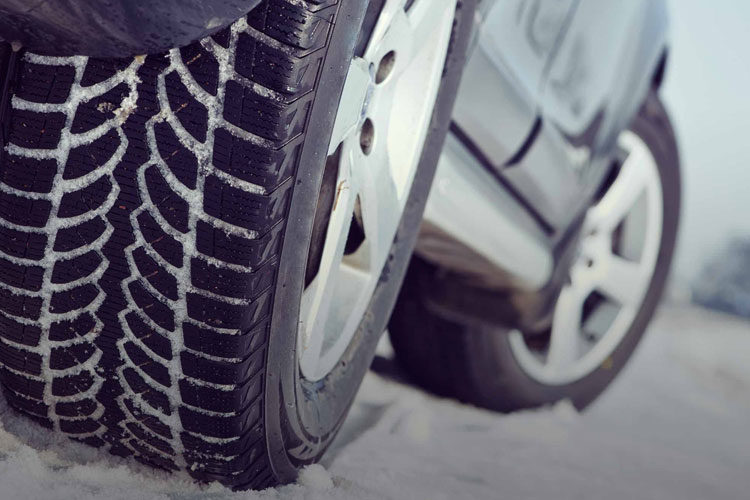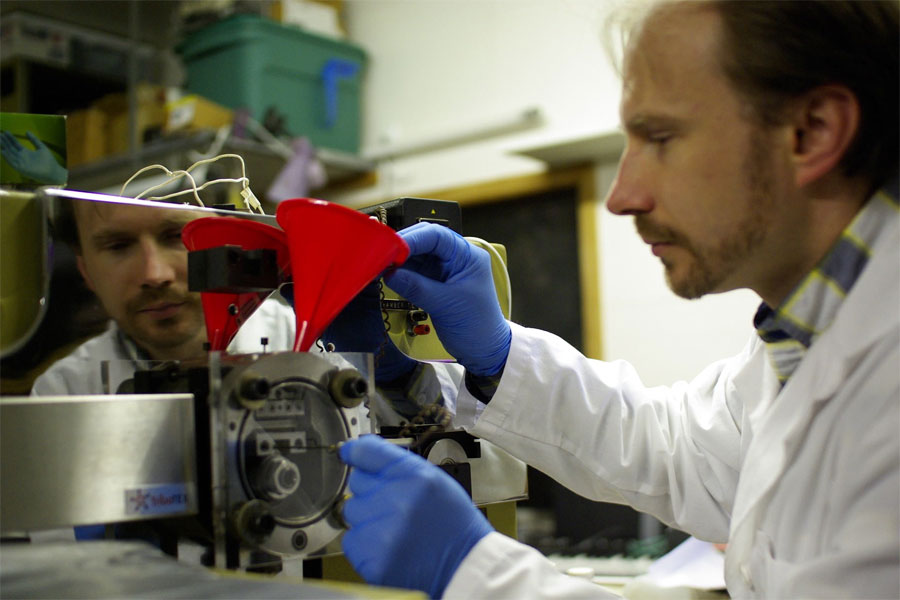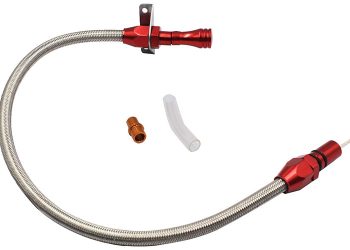Newly manufactured tyres usually have a tread depth of around 8mm but as you cover miles and miles ahead, the rubber gradually wears down naturally. Driving on tyres with a tread depth below 1.6mm would risk in a fine of approximately 2,500 pounds and three penalty points on the license per each tyre.
There’s a very good and viable reason for the law to prohibit significant wearing down of the tread depth because their role is essential to grip on the road. Let’s explore the impact of tread depth on aquaplaning and braking distance to measure their importance and why we should replace them once it wears below the defined count.
Gradual Increase in Braking Distance:
A number of researches confirmed on a definite connection between compromised braking distance and reduced tread depth of the tyres in Abu Dhabi. The study closely examined tyre performance against five different tread depths from 6.7mm to 0.9mm. Vehicles mounted with these tyres were also equipped with speed, distance and time measurer whereas the test was performed on both hot rolled asphalt and smooth concrete surfaces.
The research concluded that braking distance considerably increased once tread depth fell below 3mm. At legal minimum tread depth of 1.6mm, braking distance increased by 45% on smooth concrete whereas 37% on hot and fresh rolled asphalt as compared to the tread depth of 6.7mm. It clearly demonstrates that lower tread depth increases the chance of accidents, especially for fast vehicles.
RoSPA Sanctions:
Based on the above findings, the Royal Society for Prevention of Accidents (RoSPA) suggested motorists to replace their tyres once tread depth reaches 3mm which is approximately 1.4mm higher than the legal minimum. RoSPA also outlines the significance of maintaining just the appropriate tyre pressure to avoid uneven and quicker tread depth wear.
Greater The Risk of Aquaplaning:
Surviving aquaplaning when driving on wetter roads can be a dangerous, scary and unforgettable experience! It occurs when water layer develops between the tyres and the road which compromises traction and prevents braking, steering and accelerating. If a driver’s unable to restore proper contact with the surface, the accident is likely to happen.
That said, a risk of aquaplaning is even higher when tyres wear down excessively. This is because tread plays a crucial role in dispelling water on the road surface. Tread grooves enable tyres to slice through the water surface and maintain contact with the road which prevents aquaplaning. Besides tread wear, maintaining just the right tyre pressure also prevents road hazards especially on wet terrains.
So is it Time For Tyre Replacement?
Given the safety benefits linked with maintaining the tread depth, it’s important to keep a frequent check on the wear level of the tyres in Abu Dhabi, especially pre-and-post long distance road travel to ensure maximum safety. You can conveniently do it in a matter of moments using a depth gauge. Doing so would keep you safe as well as help in avoiding hefty fines. It’s better to comply with RoSPA standards and replace the tyres once the tread depth falls below 3mm.














